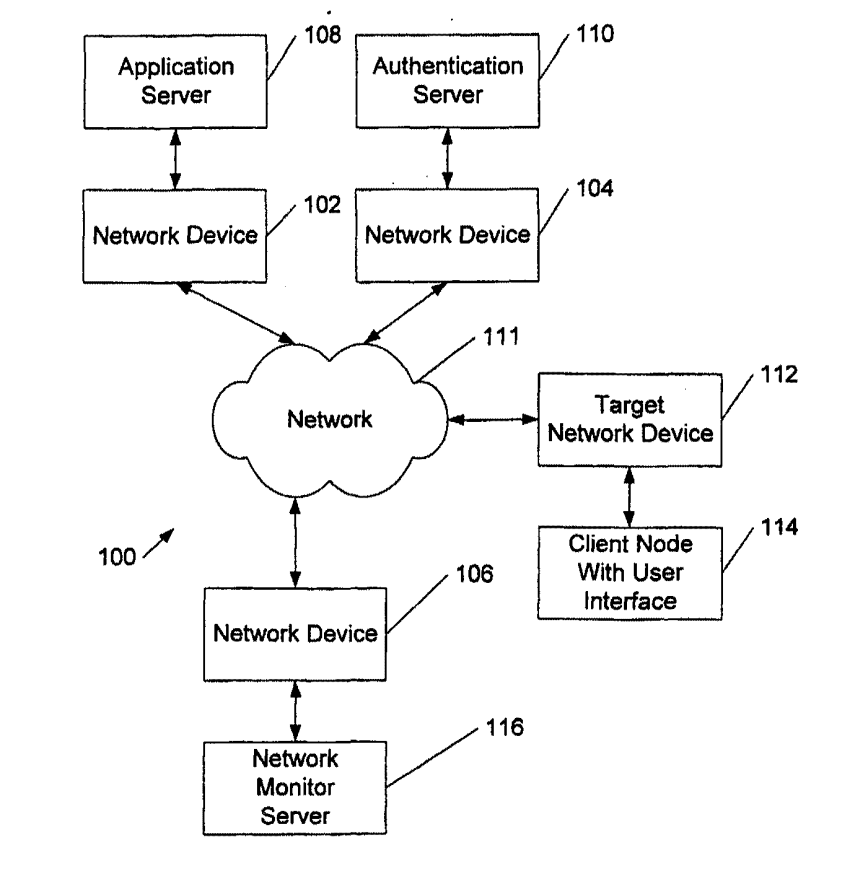ABSTRACT
A computer-implemented method and system of distributing management of network resources on a network to network devices is provided.
During execution, the system receives a request on a network device to execute a task that performs a set of operations related to managing the network, receives an application over the network wherein the application includes operations for performing the task, processes operations on the network device that requests network parameters from a remote network device, transmits the request for the network parameter over the network to the remote network, and receives the requested network parameter over the network from the remote network device.

Method and apparatus for accessing network information on a network device
An Inventor: Dr. Tal Lavian
TECHNICAL FIELD
This invention generally relates to network management and, more particularly, to a method and apparatus for accessing network information on a network of intelligent network devices.
BACKGROUND
Computer networks are becoming increasingly complex and difficult to manage. This is driven in part by the ever-increasing variety of network devices, computers, and software being combined together to integrate large enterprise-based intranets with the Internet.
Network management tools have been produced to monitor these complex combinations of hardware and software and help troubleshoot network failures when they occurred.
Traditional network management tools use a protocol called simple network management protocol (SNMP) to monitor network devices such as routers, switches, hubs, remote access devices, or even computers in a network. The protocol used to interface with SNMP includes rudimentary commands to operate on data such as to “get” a variable, “set” a variable, or “test” a variable. These commands typically are deployed from a central network management server (NMS) within the network to a network device connected to the network. The network device processes one or more of these rudimentary commands and then returns the results to the NMS for further processing and analysis. In these systems, little or no processing or analysis is performed by the network devices. Instead, the NMS is saddled with the responsibility of receiving the results as well as performing the complex analyses associated with monitoring network operation and performance.
SUMMARY
In one aspect of the present invention, a system for managing network resources includes a network device operatively connected to the network having a processor capable of downloading a task over the network, executing the task, and providing the results from the task.
In addition, a network management server requests that the network device execute a task related to the management of resources associated with the network and receives the results from the task for use in management of the network.
In another aspect of the invention, a computer-implemented method of distributing management of network resources on a network to network devices includes receiving a request on a network device to execute a task that performs a set of operations related to managing the network, receiving an application over the network wherein the application includes operations for performing the task, processing operations on the network device that requests network parameters from a remote network device, transmitting the request for the network parameter over the network to the remote network, and receiving the requested network parameter over the network from the remote network device. These network management systems and methods have one or more of the following advantages. For example, the network management system (NMS) can operate more efficiently even on complex networks with high amounts of network traffic. Instead of performing tasks centrally, the tasks are distributed to many different network nodes connected to the network. This reduces the amount of status information sent between the network nodes and the NMS because the processing is done locally on each network node. Each network device sends the results of a specific task back to the NMS rather than transmitting numerous status packets. Accordingly, this reduces the bandwidth required for most network management tasks and increases response time even during a peak traffic period on the network.
For example, a traditional SNMP network command requires at least two network transmissions to gather each network parameter. A first transmission carries a request from the central NMS over the network to the network node with the requested network parameter. The second transmission carries a reply having the network parameters or status over the network from the network node back to the central NMS. Using the systems and methods described herein, numerous commands can be executed on a network node before a response is supplied to the NMS.
The details of one or more embodiments of the invention are set forth in the accompanying drawings and the description below. Other features, objects, and advantages of the invention will be apparent from the description and drawings, and from the claims.